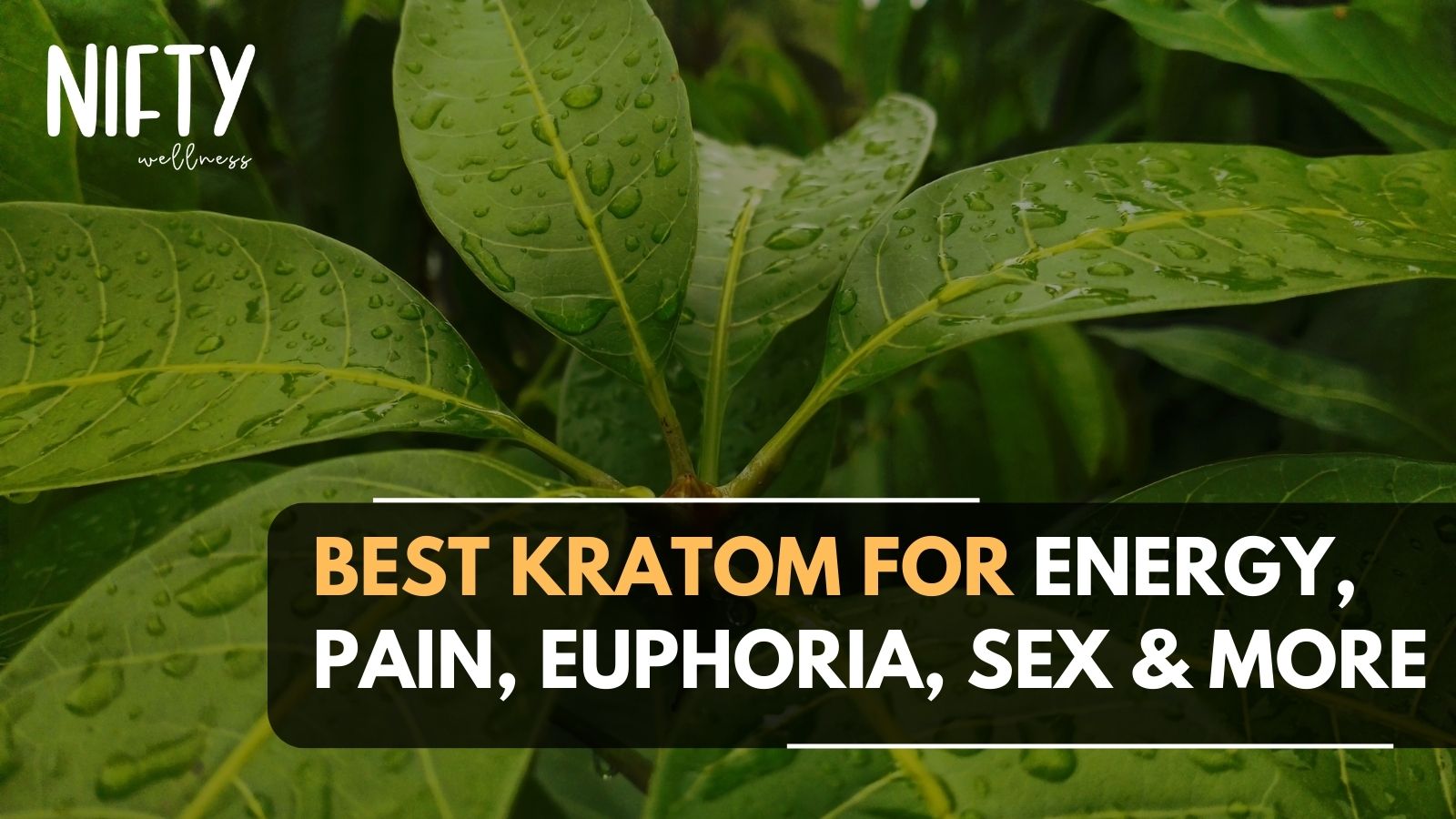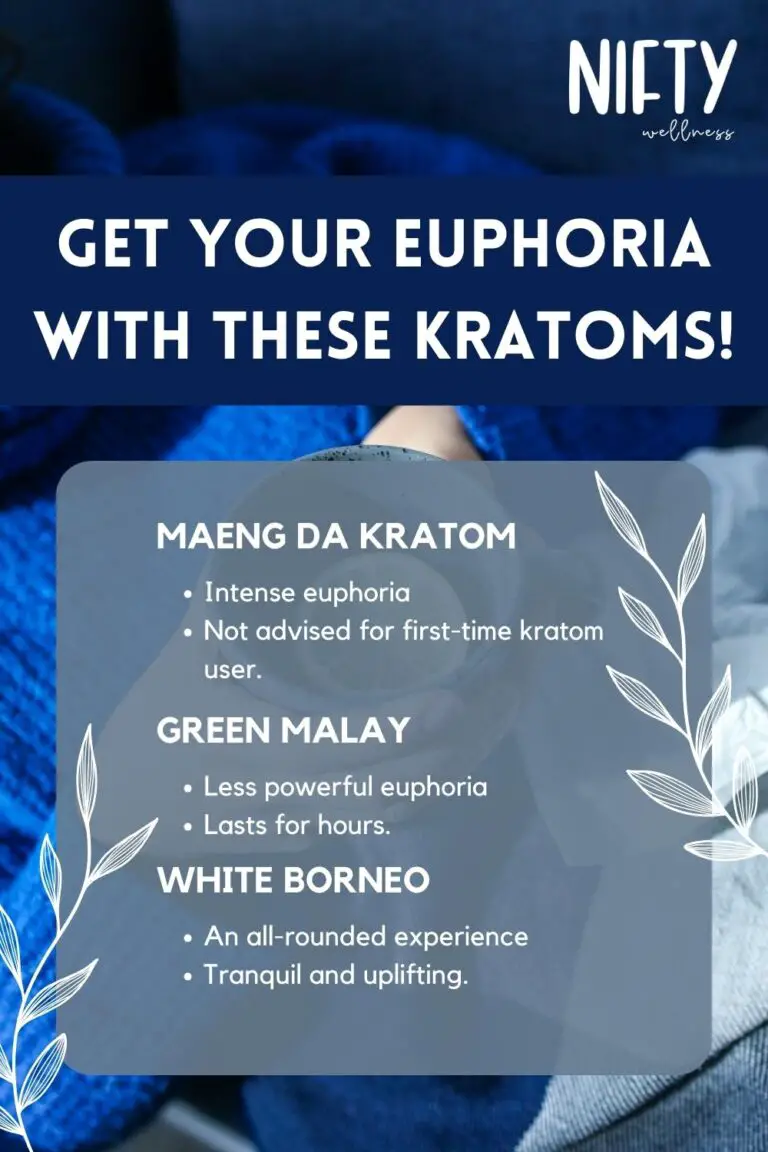Which Kratom Is Best For Energy

The popularity of kratom, a tropical tree native to Southeast Asia, has surged in recent years, with users reporting a range of effects, including increased energy and focus. However, navigating the diverse array of kratom strains and understanding which is best suited for energy enhancement can be a complex undertaking. This article aims to provide an objective overview of kratom varieties and their purported energizing effects, drawing upon available research and anecdotal evidence, while acknowledging the ongoing debate surrounding the substance's safety and regulation.
The question of which kratom is “best” for energy isn't straightforward. It depends heavily on individual physiology, tolerance, and desired level of stimulation. It's crucial to note that the Food and Drug Administration (FDA) has not approved kratom for any medical use, and its safety remains under investigation.
Understanding Kratom Strains and Alkaloids
Kratom's effects are primarily attributed to two key alkaloids: mitragynine and 7-hydroxymitragynine. These compounds interact with opioid receptors in the brain, producing varying effects depending on the strain and dosage. Kratom strains are generally categorized by the color of the leaf veins: red, green, and white.
White vein kratom is often cited as the most stimulating variety. Users typically report heightened alertness, increased focus, and improved mood. This is generally attributed to a higher concentration of mitragynine, which is believed to be responsible for the stimulating effects.
Green vein kratom is often considered a middle ground between red and white varieties. Its effects are typically described as a balance of energy boost, mild pain relief, and mood enhancement. It can be a good choice for those seeking a moderate increase in energy without the potential anxiety sometimes associated with white vein kratom.
Red vein kratom is generally known for its relaxing and pain-relieving properties. While not typically associated with energy enhancement, some users find that it can indirectly boost energy by alleviating pain and promoting restful sleep. Improved sleep quality can, in turn, lead to increased energy levels during the day.
Dosage Considerations
Dosage plays a crucial role in determining the effects of kratom, regardless of the strain. Lower doses (1-3 grams) are often associated with stimulating effects, while higher doses (5+ grams) tend to be more sedating. Starting with a low dose and gradually increasing it until the desired effects are achieved is generally recommended.
However, it's important to remember that individual responses to kratom can vary widely. What works for one person may not work for another. Furthermore, the potency of kratom can vary depending on the vendor and the specific batch.
Users need to be aware of the potential for tolerance and dependence. Regular use of kratom can lead to a diminished response over time, requiring higher doses to achieve the same effects. This can increase the risk of adverse effects and dependence.
Potential Risks and Side Effects
While many users report positive experiences with kratom, it's essential to be aware of the potential risks and side effects. The FDA has issued warnings about kratom's safety, citing concerns about potential addiction, liver damage, and respiratory depression.
Common side effects of kratom use include nausea, constipation, dizziness, and drowsiness. In rare cases, more serious side effects such as seizures and respiratory problems have been reported. It is vital to consult with a healthcare professional before using kratom, especially if you have any pre-existing medical conditions or are taking any medications.
The long-term effects of kratom use are not fully understood, and more research is needed. However, the potential for addiction and dependence is a significant concern.
The Legal Landscape
The legal status of kratom varies widely across the United States and internationally. Some states and municipalities have banned kratom, while others have regulations in place regarding its sale and use. It's crucial to be aware of the laws in your area before purchasing or using kratom.
Organizations like the American Kratom Association (AKA) are advocating for the responsible regulation of kratom. They promote consumer education and support legislation to protect access to kratom for those who use it responsibly.
However, the uncertain legal landscape and ongoing safety concerns highlight the need for caution and responsible use. Users should be aware of the potential risks and benefits and make informed decisions based on their individual circumstances.
Conclusion
Determining the "best" kratom for energy is a highly individual process. White vein kratom is often favored for its stimulating effects, but green vein varieties can offer a more balanced approach. Dosage, individual physiology, and vendor quality all play crucial roles in shaping the kratom experience.
Given the potential risks and the ongoing debate surrounding kratom's safety and regulation, it's essential to approach its use with caution and consult with a healthcare professional. Further research is needed to fully understand the long-term effects of kratom and to establish clear guidelines for its safe and responsible use.
Ultimately, the decision to use kratom for energy or any other purpose is a personal one. This decision should be based on careful consideration of the available information, potential risks and benefits, and individual circumstances.

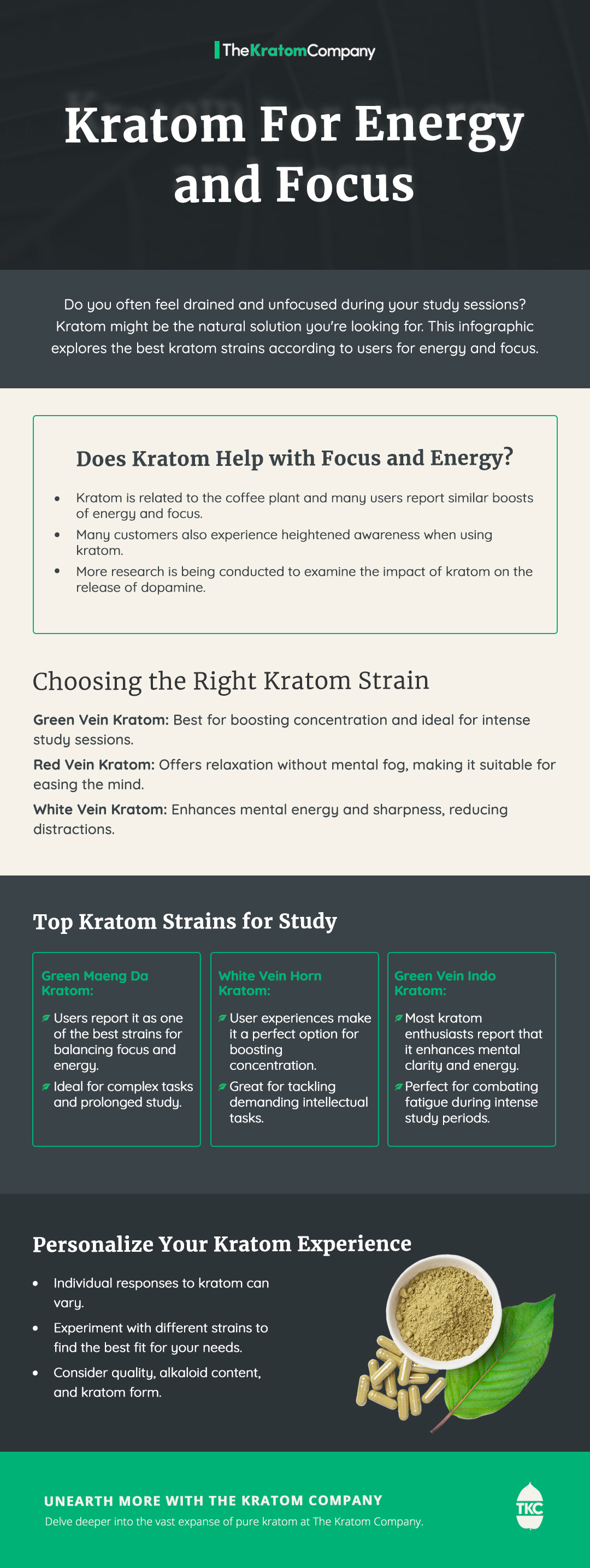


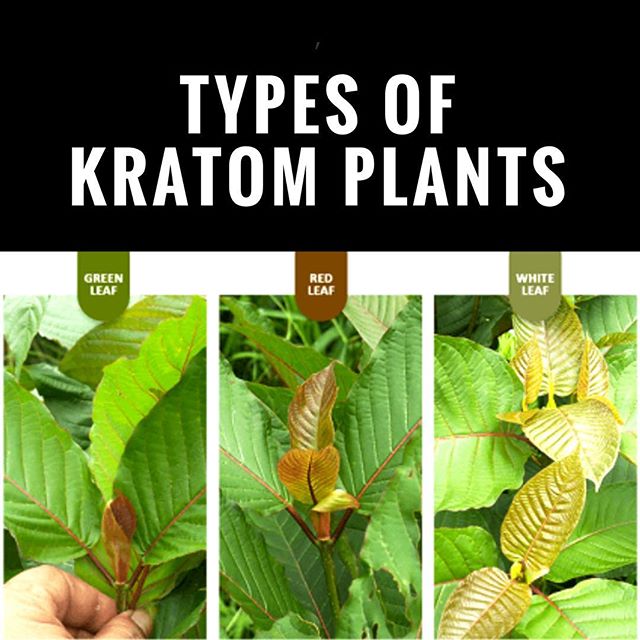


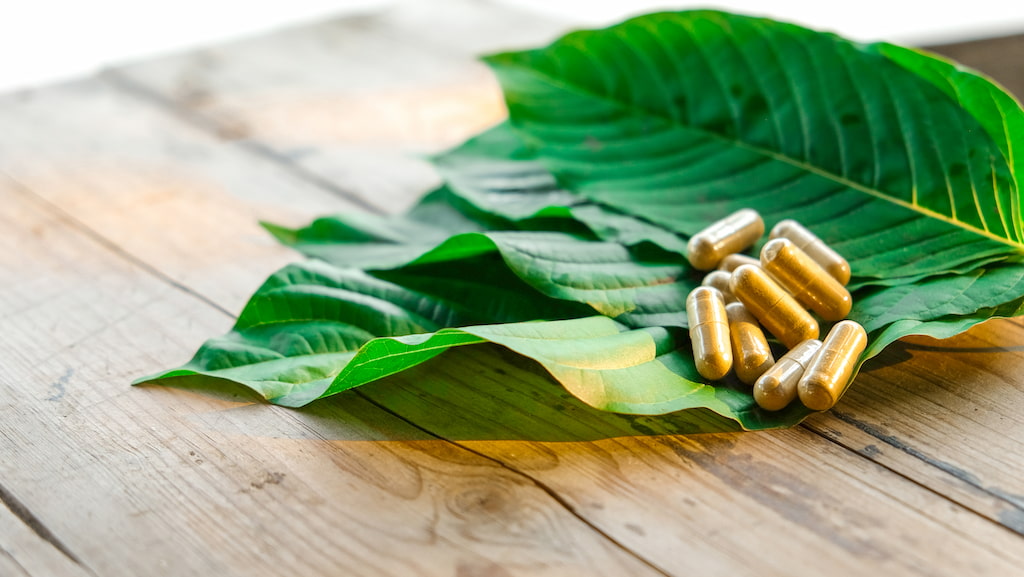
![Which Kratom Is Best For Energy Best Kratom for Energy: [Beginner's Guide] - Kratom Cafe](https://kratomcafe.com/wp-content/uploads/2024/06/Best_Kratom_for_Energy___Beginner_s_Guide__1_2024_06_07_07_04_01_816202_00_00.png)


